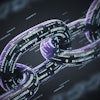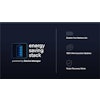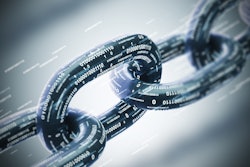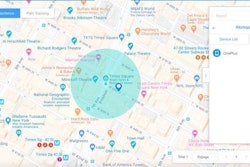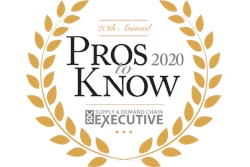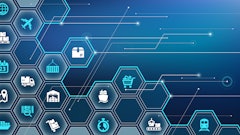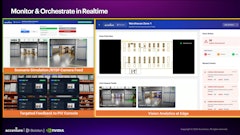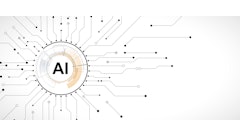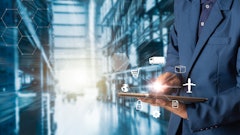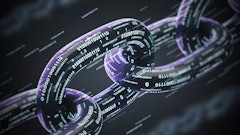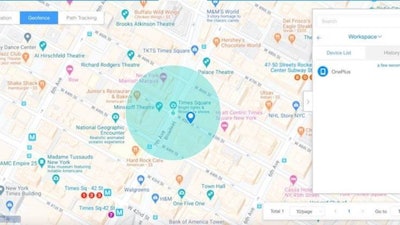
The rapid onset and subsequent quarantine caused by the Coronavirus disease (COVID-19) has forced many retail and food businesses to pivot from a store-based service model to a delivery-based service model. And, for those with no previous experience in logistics operation, the shift has presented a range of challenges around efficiency, productivity and safety. This has many business owners asking, how can I work out how to best time my deliveries? How can I guarantee the safety of my fleet? And, how can I ensure my fleet stays focused on the task at hand?
The difficulty in finding quick or catch-all answers to these questions have many resorting to third-party delivery services as a simpler option. While these platforms work adequately enough to get the job done, they also have their drawbacks, like taking up to 30% of profits for each sale, or being operated via crowdsourcing, which can lead to inconsistencies with service, or in the worst case, missed deliveries or stolen goods. In short, while third-party services are a solution, they’re not the ideal solution.
Luckily, a range of technologies has emerged that enable business owners to implement their own delivery services and strategies to ensure consistency, timeliness, productivity and overall quality in their service. The solution lies in mobile device management (MDM), and MDM providers who offer geofencing capabilities are the perfect fit for businesses looking to implement their own delivery services. So, how exactly does geofencing work?
Geofencing refers to three main components—geofencing itself, path tracking, workflow, logs, and notifications. Geofencing draws on location-based technology to create a customizable virtual fencing zone for devices coming in and out of a predefined area, or zone, on a map. These zones can be defined by user, so drivers who service different zones can be assigned different geofencing parameters. These capabilities deliver two main benefits, the first being that when a delivery driver leaves their assigned zone, the owner is notified and able to check in on whether they’re lost or require additional guidance, or in the event that an employee leaves a predefined area with sensitive information - like customer lists and details - on their device, the device can either be locked or completely reset to secure the valuable information.
Workflow, logs, and notifications work hand-in-hand with geofencing, and aside from triggering a notification, lock or factory reset when a device leaves a geofenced zone, the technology also logs information to deliver valuable insights. These logs can reveal where a driver was at a certain point in time, highlight any device activity, or show the devices’ status in the event that an abnormal situation - a delivery being marked as complete, for example, when the customer has reported the delivery hasn’t been received occurs. This means the drivers’ activity can be reviewed to enable a prompt investigation, ensure the following of proper procedure or provide insights for future delivery service improvement.
A significant learning curve when implementing a delivery service is working out the best routes for drivers to ensure timeliness and efficiency. It’s for this reason that path tracking and location tracking capabilities are especially valuable. The feature not only ensures driver safety by providing administrators with real-time location updates, but also enables businesses owners or delivery managers to track a device and view its extensive path history, which allows for an in-depth analysis by combining time and location. This means that administrators can track a delivery truck and see if it has deviated from its assigned route, analyze the data, and improve on future deliveries to maximize operational efficiency and reduce any downtime.
The benefits of this technology aren’t limited to just retail or food businesses either, with geofencing being beneficial for corporations who operate with sensitive information and require the ability to remotely wipe information from devices, existing courier and delivery companies who need specific details on fleet activity, and more. This technology could even help in the fight against COVID-19 further than giving businesses the ability to operate their own delivery services through providing hospitals and medical institutions the infrastructure to track at-risk people, or those who have recently recovered from the virus. This means that if newly-recovered COVID-19 cases experience reinfection, they can easily track their movements and test people from the areas they have visited for early intervention.
While businesses will undoubtedly experience some growing pains in pivoting to a delivery-based service model, they shouldn’t allow that to deter them from doing so. With the productivity benefits and control that geofencing enables, combined with additional features, mean that the implementation of delivery services can be done in a streamlined, efficient and effective way.


